The media noise of the 62nd Salone del Mobile.Milano has faded and become a pleasant echo, the enthusiasm has turned into strategies and corporate actions. The 2024 edition seems to have been a record-breaking one, reported President Maria Porro, with 361,000 visitors registered in Rho, +17% compared to the 2023 edition, of which 54% came from abroad, data partly confirmed by an increase in the use of the metro lines, which registered +11% compared to the previous edition. 1,950 operators set up their stands this year, which means that 185 new brands decided to show themselves in Rho, including debuts or returns.
We at meAAns were there and recorded some aspects that are not included in the official statistics. Less scenic, but formal and pragmatic aspects of the operators’ presence at Rho. And we derived some thoughts that we share in this space.
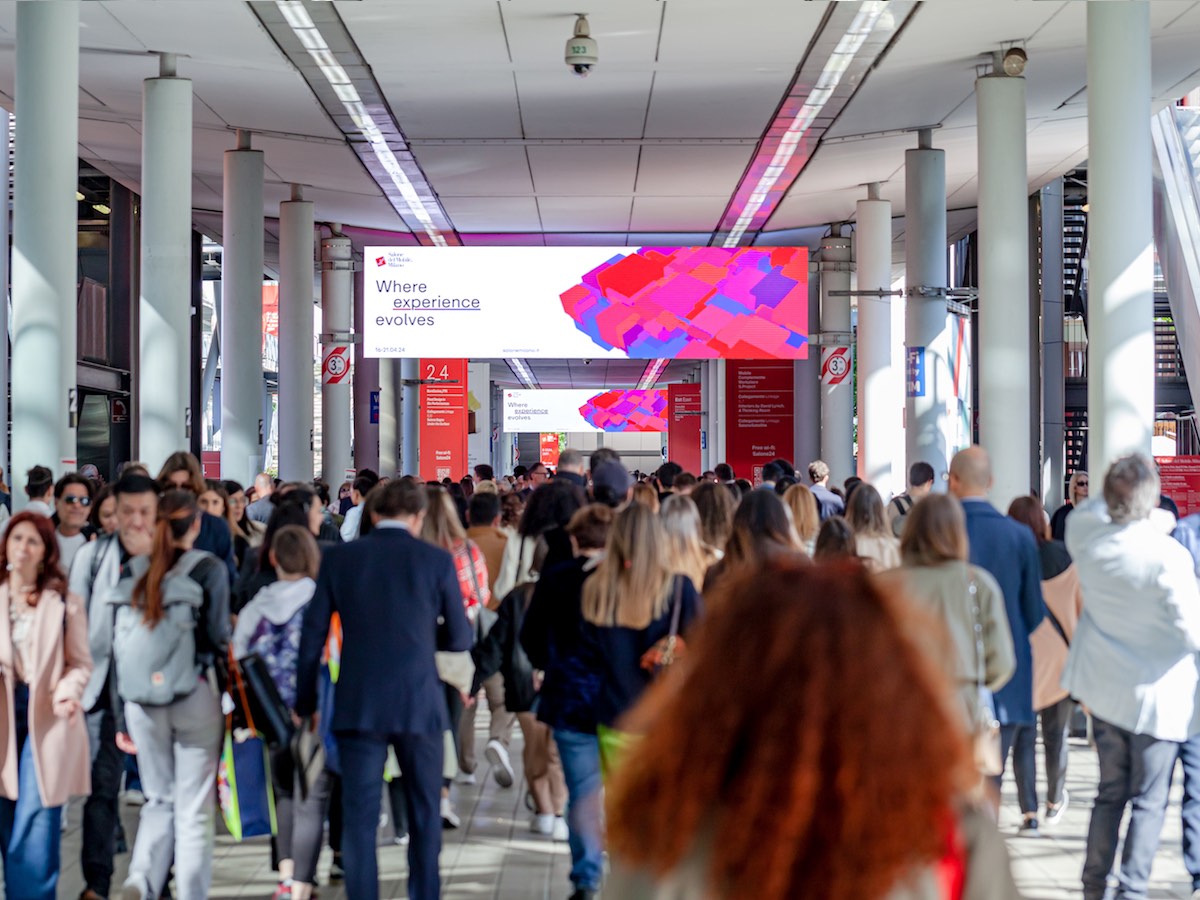
In the days leading up to the opening, we conducted a small survey of insiders (company management, agents, interior designers, retailers, journalists, bloggers, etc.), asking them to tell us which of the brands in Rho were the most interesting or which they would definitely visit.
We came up with a short list of about 50 brands. We did not include kitchen and kitchen technology companies in this survey, for which we are opening a special research thread. The brands reported were mainly those located in Halls 9, 11, 22 and 24.

A first interesting result is that of the choice between an open stand, where it was possible to enter independently and visit without giving personal information, and those whose visit to the stand was preceded by a mandatory registration, and thus a disclosure of personal information. And here the observed sample splits perfectly in half. Fifty percent of the companies allowed free access and the other 50 percent required registration. We noticed a greater use of the closed booth formula by companies with high turnover, so we assume more structured to catalog and manage the amount of incoming data.
The detection methods were in 100 percent of the cases with the registration of the fair QR code, having as a backup the request for business cards or form filling. Talking to the people at the entrances of the various stands, no critical problems were reported: the public has never, with very rare exceptions, refused this type of control.
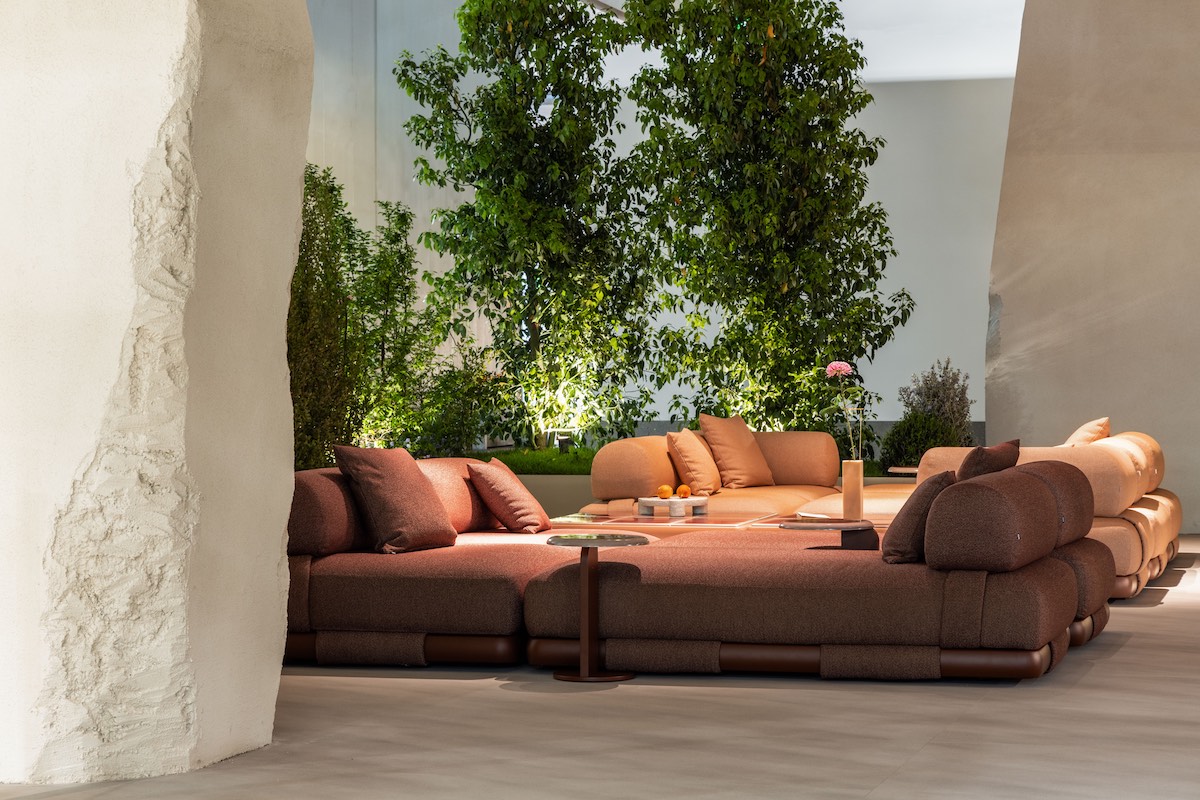
Slightly higher, about 59%, was the decision to show up with single-space booths, compared to the decision to divide the exhibition area into environments (or scenarios), a trend detected that of the single-space booth, as was expected, in booths with smaller area.
Regarding the detection of the presence of marketing materials, it should be noted that the presence of printed catalogs or brochures available to visitors was detected in only about 33 percent of the cases, while the remaining two-thirds of the sample opted for a digital catalog (viewable on tablets or downloadable via QR code). At the same time, the presence of a materials library or samples of the materials used in the products was detected in about 75 percent of cases, while the presence of social and/or digital-specific calls to action was almost absent. The digital dimension thus appears as a support rather than a protagonist.
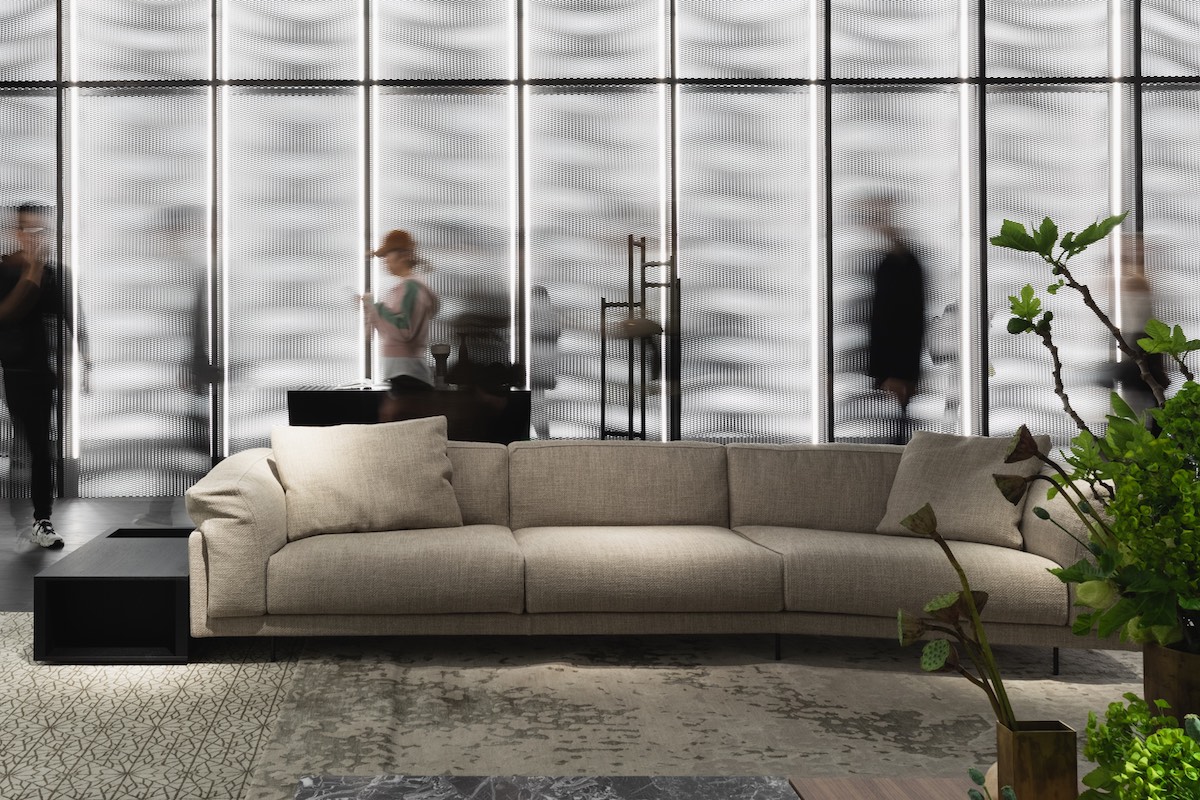
We also analyzed the formality or otherwise of the stand staff: only one stand had staff in company uniforms, while the presence of a clearly identifiable dress code was present in about 16 percent of the cases, while the presence of a company logo pin was present in 78 percent of the cases, leaving stands with total freedom of dress in 22 percent of the observed sample, and almost all of them from companies with lower turnover. In summary, the more prominent the company, the more there is a – albeit minimal – formality of approach.
On the other hand, meeting areas were present in 76 percent of the stands, of which about a quarter were integrated into the exhibition itself, and in 75 percent of the cases in an area separate from the exhibition and accessible only by appointment or accompanied by staff. Again, of these areas devoted to business, about 30 percent were completely screened off, providing total privacy; in 10 percent of cases, on the other hand, curtains or semi-transparent structures provided veiled privacy, one could see how many people were inside, but faces and physiognomies could not be clearly distinguished.
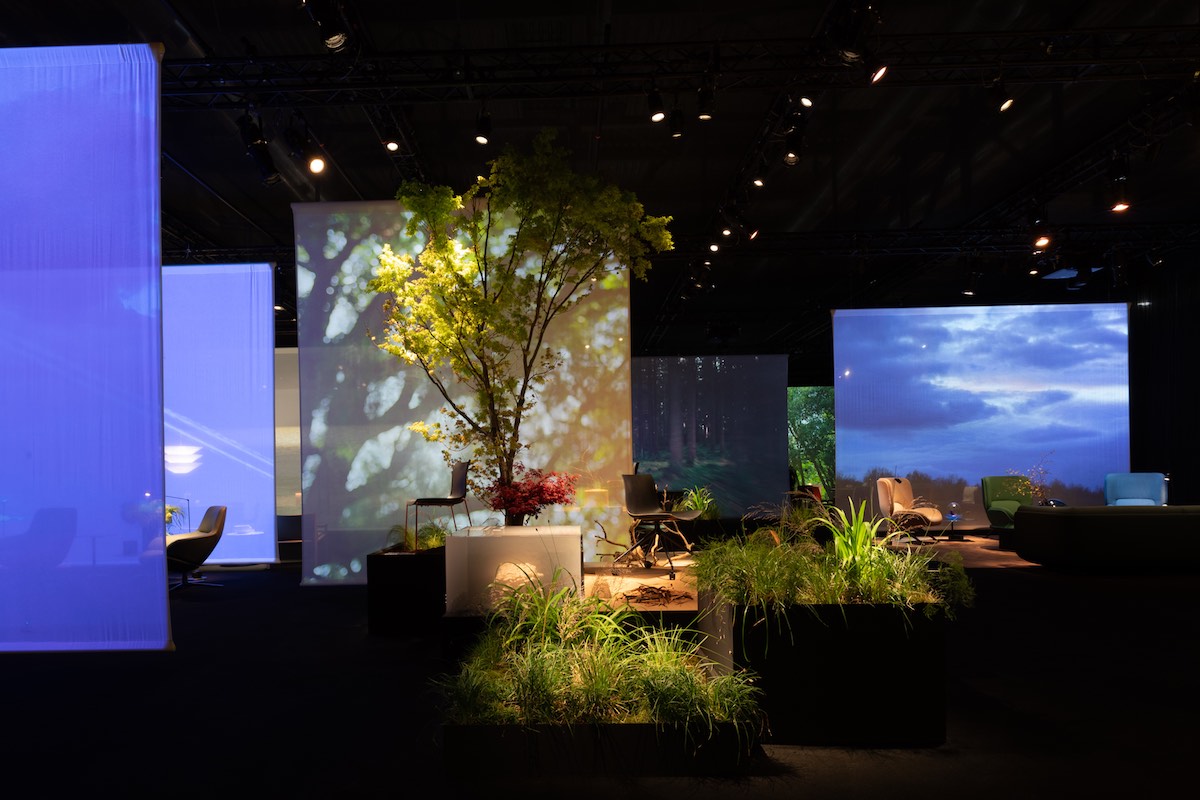
A separate chapter, for which we are preparing a specific study, is the visible, communicated presence of references to product or process sustainability: we found it in only 13 percent of the stands and in those companies that, by nature and product range, are often oriented towards the world of contract companies and offices. It should be noted that, on average, stand staff were prepared to talk about their company’s socio-environmental sustainability strategies or the certifications their company has obtained over time. Again, the staff present at the stands of companies with experience in the contract/corporate/office sector (such as Arper, Caimi Brevetti, Fantoni) were definitely better prepared.
With this widespread lack of specific and visible communication on this aspect, my personal opinion is that a good opportunity was missed. The right strategies, not only on the side of environmental sustainability but also on the side of social sustainability (what is the company doing for the society around the factory or the headquarters?) will, in our opinion, bring added value, not only because they are required by some rules of some markets for specific projects, but also as an advantage for a more complete, responsible and satisfying corporate narrative for the end consumer.
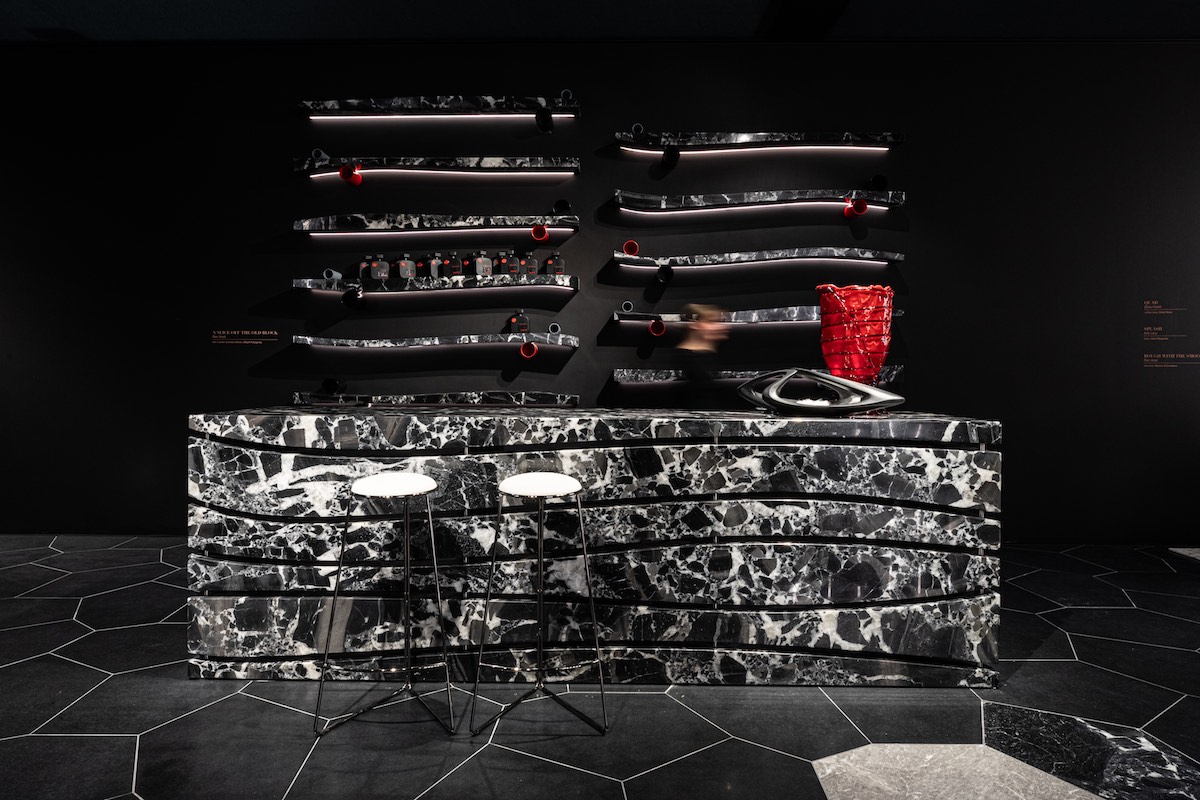
We think it was a more pragmatic Salone, as you would expect in a year that was particularly difficult for the industry in general compared to previous years. In years when things are less complex, you may have more time and resources for these things.
We also noted two main types of presentation at Rho. The companies with a larger turnover (Minotti, Molteni, Poliform, Arper, Flexform, etc.) are, and have been for several years, more formal in their presentation: judging by the number of visitors queuing to get in, these brands seem to be the real driving force behind the show, and their (undesirable) departure from the showrooms could lead to a slow decline of the event itself. Then there is the host of all those companies who contribute to the big show, but in a less restrictive way, and who in many cases welcome with open arms (read: informal stands, no registration barriers, etc.) what the wake of the “Big Names” leaves for them.
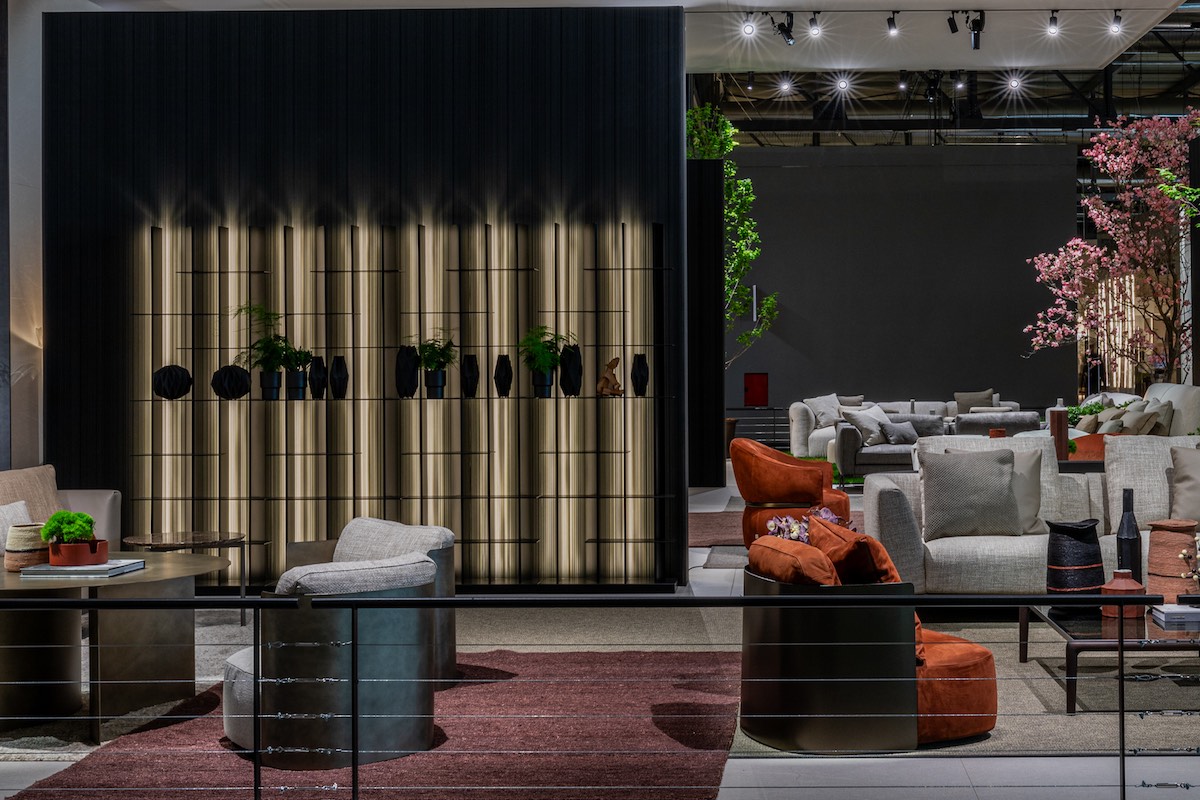
In a perspective such as the one hinted at a few lines above, namely that of a gradual decline in the number of Big Players, would the presence of these so-called “follower” companies be enough to keep the event going, both in terms of exhibition space and in terms of attendance? This is one of the crucial points on which we believe the future of the event could be played out. The ability to create content that is new compared to the usual has been amply demonstrated: now it becomes a very delicate balancing act.
meAAns is an observatory on the relations of the specific design furniture market, founded in 2022 by Andrea Mamprin and Massimo Marchesin. This market is rich in interactions, exchanges and actors integrated in a single ecosystem. meAAns actively monitors it and captures its insights with the aim of helping its constituent companies to understand it more strategically. www.meAAns.com
All images courtesy of Salone del Mobile.Milano







